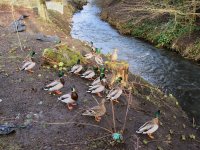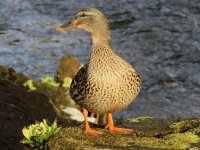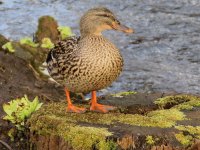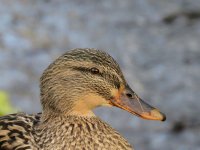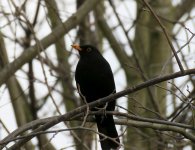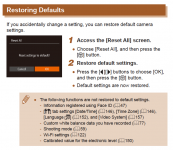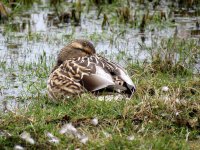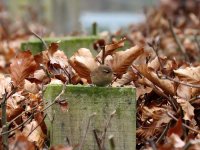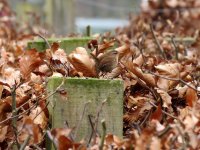CalvinFold
Well-known member
I wanted to start a thread dedicated to the SX60 so we can share settings and technique without the "some other camera is better, the SX60 sucks" vitriol. |8.|
We picked this camera for various reasons over the others, let's just leave it at that, shall we? If I had my own way, we'll never get into "but the SX50 is better" or "only DSLR cameras are worth it, superzooms are only for reference photography." Maybe you can help me achieve this goal?
I know I'm not the only SX60 user, based on the Gallery, though I seem to be the most prolific at the moment. Maybe it's my need to tweak, fiddle, and experiment to get the most out of the camera. Almost a given because despite some great capabilities for a camera like this, the stock settings from Canon are awful. ;-p
Let's share what we know to get better animal photos! Feel free to ask me questions, and post your own experiences!
We picked this camera for various reasons over the others, let's just leave it at that, shall we? If I had my own way, we'll never get into "but the SX50 is better" or "only DSLR cameras are worth it, superzooms are only for reference photography." Maybe you can help me achieve this goal?
I know I'm not the only SX60 user, based on the Gallery, though I seem to be the most prolific at the moment. Maybe it's my need to tweak, fiddle, and experiment to get the most out of the camera. Almost a given because despite some great capabilities for a camera like this, the stock settings from Canon are awful. ;-p
Let's share what we know to get better animal photos! Feel free to ask me questions, and post your own experiences!




